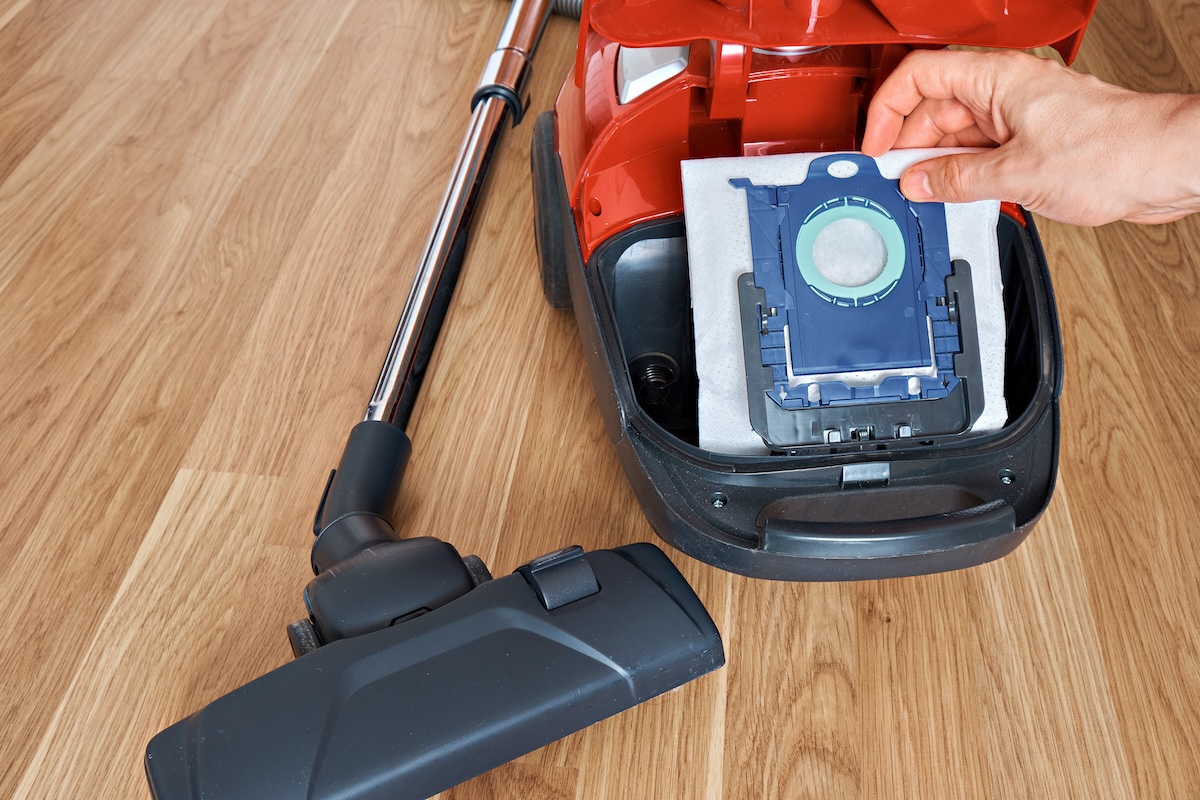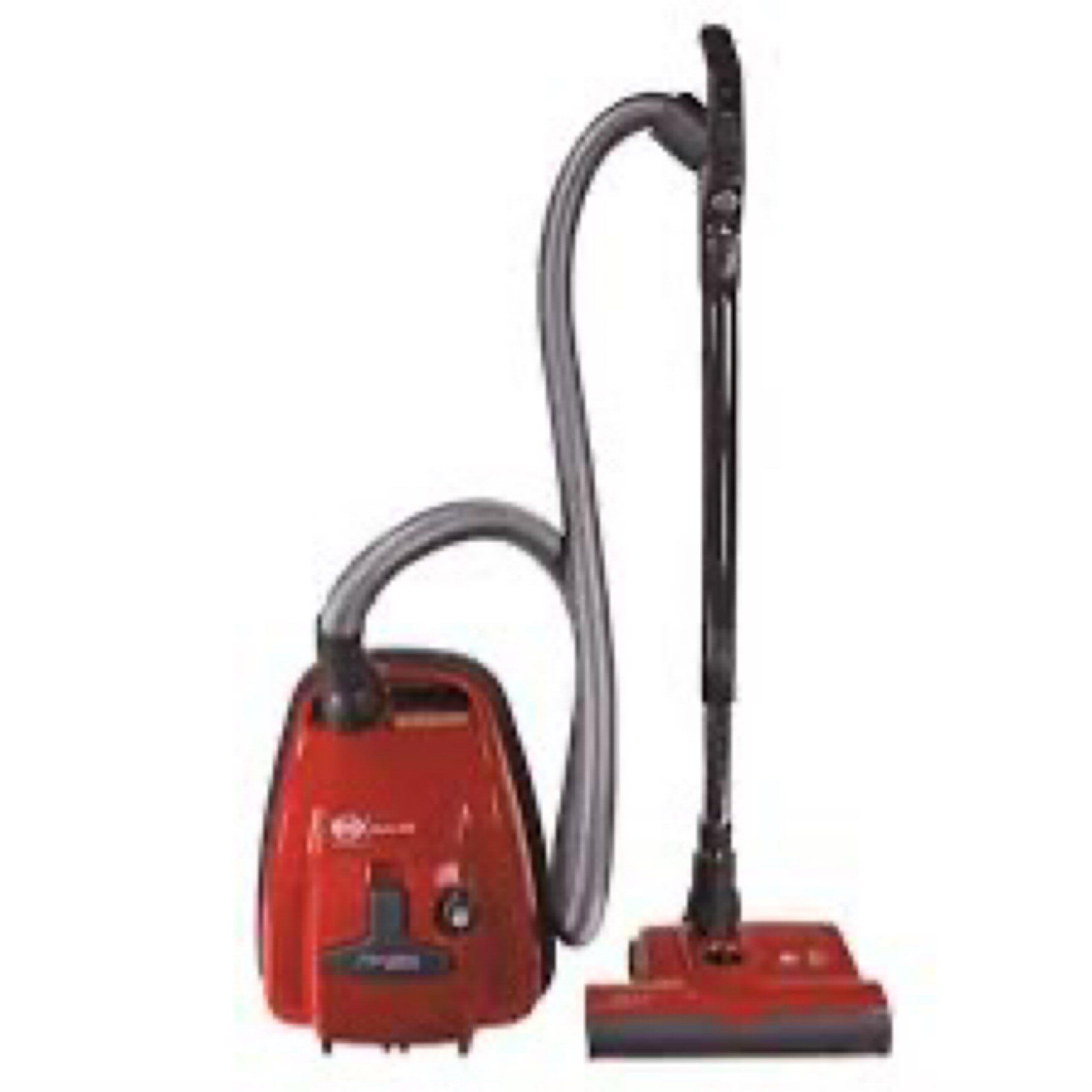My epiphany came during a dinner party, during a frustrating battle with a blunt knife:
The duller the knife, the harder your work.
Each cut required extra force, slowing down the meal preparation and making it a frustrating experience.
When I finally switched to a sharpened blade, it sliced through ingredients smoothly and with much less effort. It not only made the cooking process faster—but also more enjoyable. I was able to make precise cuts easily, which improved the overall quality of the dishes I was preparing.
Blunt knives can transform cooking from a joy into a chore. Sharpening, therefore, is not just about maintaining kitchen tools; it’s about preserving the pleasure (and artistry) of cooking. Keeping knives sharp ensures that cooking remains a smooth, efficient, and enjoyable process.
Sharpening vs. Honing
Many conflate sharpening with honing, but they serve distinct purposes:
- Sharpening involves grinding the blade to create a new edge, essentially reshaping the metal. This process is necessary when the edge becomes dull and inefficient.
- Honing straightens the existing edge without removing metal. It’s akin to straightening a bent wire, ideal for maintaining an edge between sharpenings.
Blade sharpening is a fundamental aspect of knife maintenance. A sharp knife requires less brute force, reducing the risk of accidents. It also ensures precision and consistency in your cuts, crucial for both professional chefs and home cooks.
The Basics of Keeping Knives Sharp

1. Understand Your Knife: Different knives have different needs. Familiarize yourself with your knife’s material and recommended sharpening techniques.
2. Choose the Right Tools: Whether it’s a whetstone, honing steel, or a sharpening machine, select tools that match your skill level and knife type.
3. Regular Maintenance: Regularly hone your knives and have them sharpened as needed to maintain an optimal edge.
4. Proper Technique: Learn the correct angles and techniques for sharpening and honing. Incorrect methods can do more harm than good.
5. Care and Storage: Proper storage and handling are crucial. Avoid throwing knives in a drawer where they can get damaged.
Frequently Asked Questions (FAQ)
Q: How often should I sharpen my knives?
A: It depends on usage, but typically every few months for home cooks and more frequently for professionals.
Q: Should all knives be sharpened at home?
A: Not necessarily. High-end, delicate, and specialty knives may require professional attention. These knives require specific techniques and care to maintain their optimal edge and integrity.
Q: Is it better to sharpen knives at home or take them to a professional?
A: Home sharpening methods can be used for routine maintenance of everyday kitchen knives. However, for expensive, cherished, or delicate knives, professional sharpening is recommended. We offer precision knife sharpening in Nashville that ensures your knives not only get a razor-sharp edge but also retain their quality and longevity. Our service is especially beneficial for those special knives that are central to your cooking experience; offering a higher precision that can be beneficial for expensive or delicate knives.
Q: What’s the best angle to sharpen a knife?
A: It varies by knife, but generally, a 20-degree angle for Western knives and a 15-degree angle for Asian knives.
Final Thoughts

Remember, a well-sharpened knife is not merely a kitchen tool; it’s an extension of the chef’s hand. Whether you’re a professional chef or a home cook, understanding and practicing the art of knife sharpening can elevate your culinary experience.




